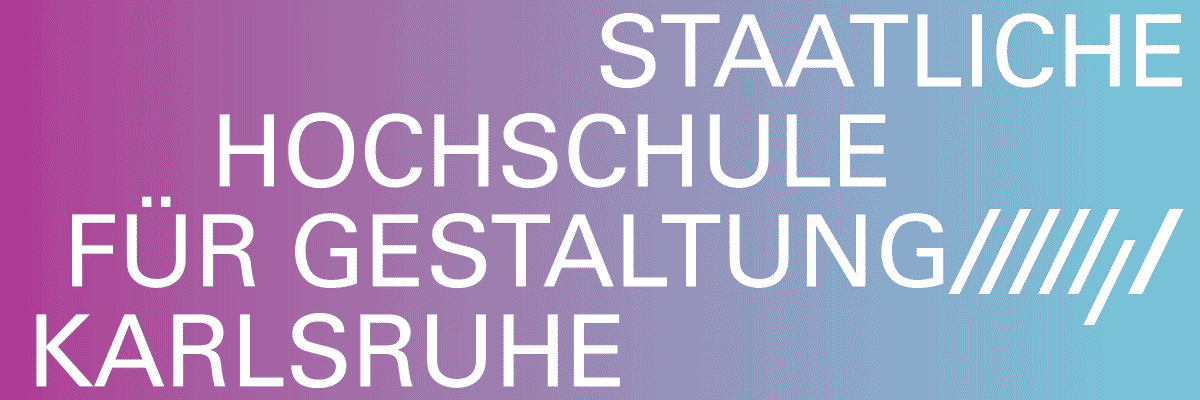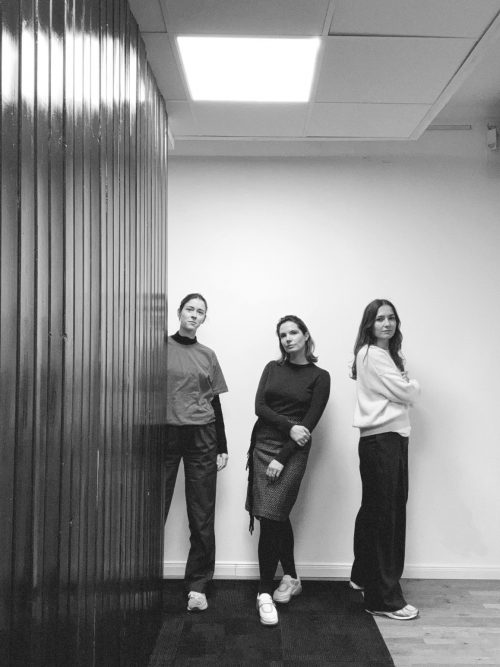
Group Show (60+ names)
The Slime Knows
Project Info
- 💙 Brasserie Atlas, Brussels
- 💚 Katya Quel @quelish
- 🖤 Group Show (60+ names)
- 💜 Katya Quel
- 💛 Bogdan Hoyaux
Share on

Advertisement



















The Slime Knows
A group exhibition presented by Erratum @erratum_projects at Brasserie Atlas, Brussels.
Curated by Katya Quel @quelish
Slime moulds are slow-moving, curious organisms. They operate without a brain, without hierarchy, without command structures. And yet, they solve problems, make decisions, and learn from experience. A single cell of Physarum polycephalum can trace the fastest path through a maze. It doesn’t belong to any respectable kingdom—neither animal, plant, nor fungi. And yet, the slime mould knows something. It navigates, remembers, and solves. It pulses with intelligence, distributed like a whisper across its body. In one experiment, researchers placed bits of food across a surface in the shape of the Tokyo metro map. The slime connected them using the most efficient routes. In another study, it made its way through a maze, finding the shortest path to food. Scientists have even used it to help model the large-scale structure of the universe—how matter might be spread across space.
There’s something steady and smart in the way slime moulds move. They don’t rush. They explore. They respond to their environment. They stretch out, retreat, and try again. They sense, adjust, and grow where it makes sense to grow.
The Slime Knows began with this quiet kind of intelligence. When we put out an open call, we weren’t expecting such a wide response. But what arrived felt timely— artists from across disciplines responded with a shared curiosity, as if tapping into a slimy zeitgeist, listening to the world’s softer signals, and working with forms that change, meander, or connect across space and time.The proposals showed artists already attuned to a shifting cultural terrain—working with systems that ooze, connect, absorb, and metabolize.
This show explores how artworks might listen to one another rather than compete for attention. In the wide, industrial space of Brasserie Atlas, the works appear almost hesitant at first—timid, even. But they gather, they take their time. They don’t fill the space, they settle into it. They seep, lean, ripple, and rest. Some works hang like skins or membranes. Others glow softly, or spread across the ground like roots or stains. Each piece seems to listen to the others—forming a kind of slow conversation, a quiet ecosystem, like veins of slime mould reaching out and retreating.
Materials melt, harden, seep, get sticky. Plastics slump. Foams expand and freeze mid-breath. Slime is not just wet—it’s a method. A tempo. A mode of attention that doesn’t rely on hierarchy or control. Some works lean into the vegetal, the biological, the decomposing. Others grow from petroleum derivatives, lab leftovers, or synthetic skins. What they share is a willingness to be in contact—with environments, processes, and each other.
This is not about purity. It’s about noticing what’s already there: the soft borders between nature and fabrication, decay and design. Coexistence isn’t framed as utopia. It’s messy, physical, sometimes gross. Still, things hold together. Sometimes barely. Sometimes beautifully.
The artists in The Slime Knows aren’t offering solutions or slogans. They work with what sticks, spreads, stains. Their gestures are small, porous, and often collaborative. Not to illustrate ideas, but to test out ways of being that don’t place humans in the centre of every structure.
This exhibition is a site for slow reactions. Shapes that don’t settle. Edges that blur. A kind of metabolism, collective and incomplete.
Let the slime know. Let it grow.
Katya Quel




